White paint on original baseboards
aarongould
14 years ago
Related Stories
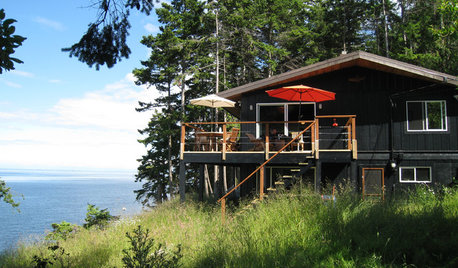
REMODELING GUIDESLove the One You're With: Honoring a Home's Original Charm
Before you jump into teardown mode, consider these 3 examples of homes whose quirkiness is a draw
Full Story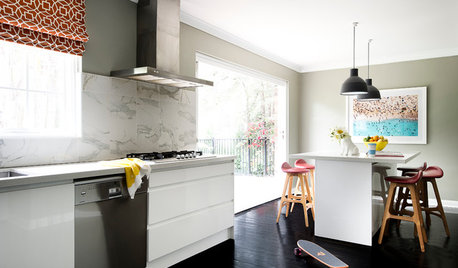
FLOORS11 Distinctive Finishes for Original Floorboards
Whether you go for glossy, painted or matte boards, make your wood floor the star
Full Story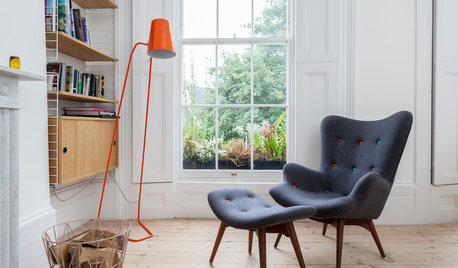
FLOORS10 Ways to Make the Most of Your Home’s Original Floors
Save yourself the cost of replacing your old floorboards with these tips for a new finish
Full Story
REMODELING GUIDESOriginal Home Details: What to Keep, What to Cast Off
Renovate an older home without regrets with this insight on the details worth preserving
Full Story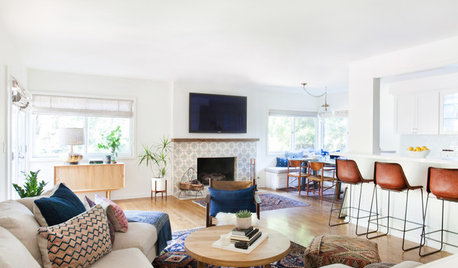
DECORATING GUIDES10 Reasons to Embrace White Walls
Do they strike you as even more boring than watching white paint dry? Consider what makes them the darling of so many
Full Story
WALL TREATMENTSRoom of the Day: Original Mural Brings Joy to a Formal Dining Room
French inspiration gives traditional style a twist in this Victorian-era home
Full Story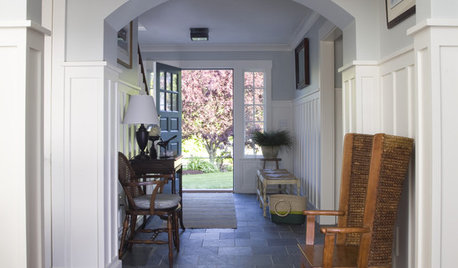
FURNITUREOrigins Revealed: The Orkney Chair Goes From Humble to Haute
Straw and driftwood made up the original versions, but Orkney chairs have come a long way from their modest island beginnings
Full Story
HOUZZ TOURSMy Houzz: Minimalist Style and Original Art for a Seattle Home
Homeowners transform their turn-of-the-previous-century farmhouse into their personal gallery and make it a gathering space for many
Full Story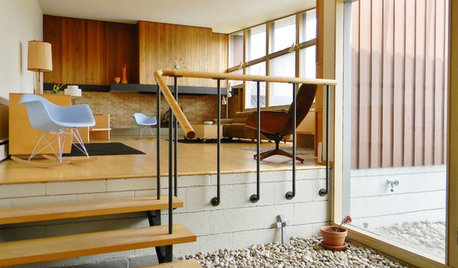
HOUZZ TOURSMy Houzz: Original Drawings Guide a Midcentury Gem's Reinvention
Architect's spec book in hand, a Washington couple lovingly re-creates their midcentury home with handmade furniture and thoughtful details
Full Story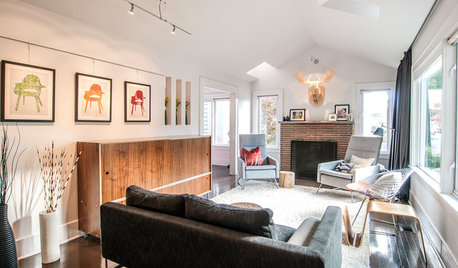
CONTEMPORARY HOMESHouzz Tour: Original Charm and New Light in Seattle
Balancing period features with a contemporary makeover, this 1918 bungalow has character to spare
Full Story





User
brickeyee
Related Discussions
Trim - baseboards stained, other trim painted white?
Q
Should white cabinet paint match a white baseboard and door color?
Q
How to Clean white painted baseboards
Q
Leave window trim and baseboard wood or paint white?
Q
old_house_j_i_m
aarongouldOriginal Author
alexia10
antiquesilver
kimkitchy
alexia10
karinl
brickeyee